|
Manuals Machine Tool Catalogues Belts Accessories Books Handbooks, Parts Lists, Catalog Sets & flat belts are available for these lathes For South Bend Spares click here Sanches Blanes Sheraton Smart & Brown Storebro UFP Boffelli & Finazzi Demco NSTC Select (Lin Huan) Parkanson South Bend 9-inch Home Page South Bend Home Page 9-inch Lathe Accessories An Unused 9-inch South Bend 9-inch Clones In the Factory Original 1934 9-inch Model 5 World War 2 Export Papers Taper-turning Unit |
||
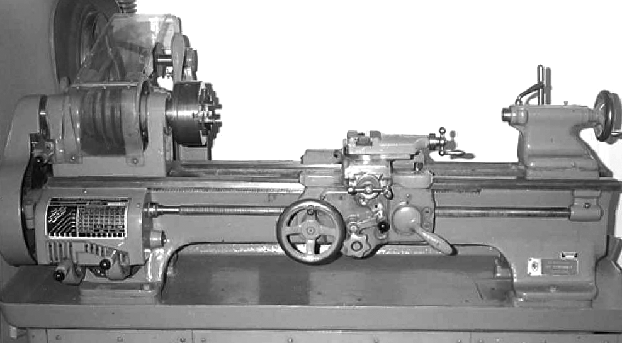
|
|
||
|
Also on this page |

|
|
||
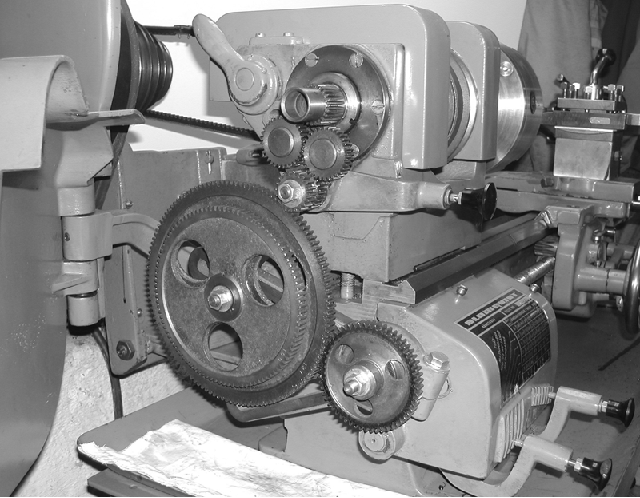
|
This Blomqvist appears to be fitted with a metric conversion changewheel set - thus, even for the home market, it would seem that the makers fitted an English-threads gearbox (the selection levers are disposed in the English-pitch fashion) and an inch-pitch leadscrew. |
||
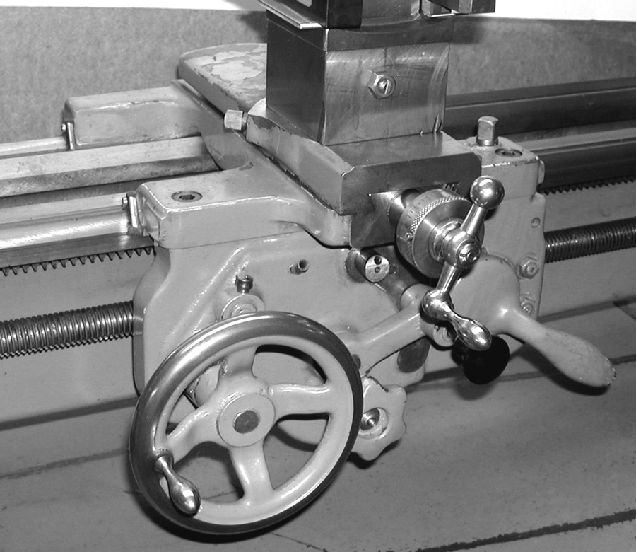
|
The same, but different. The apron, whilst following exactly the South Bend layout, had a section across the front raised proud from the front edge of the saddle - itself a design modelled on the rather heavier pattern Boxford type with flat instead of rounded faces. |
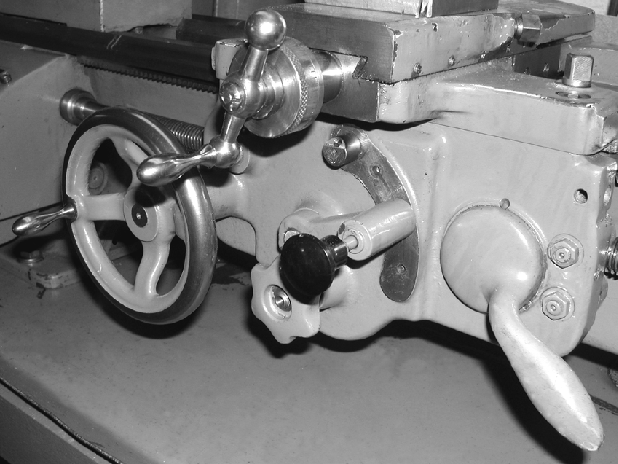
|
|
||
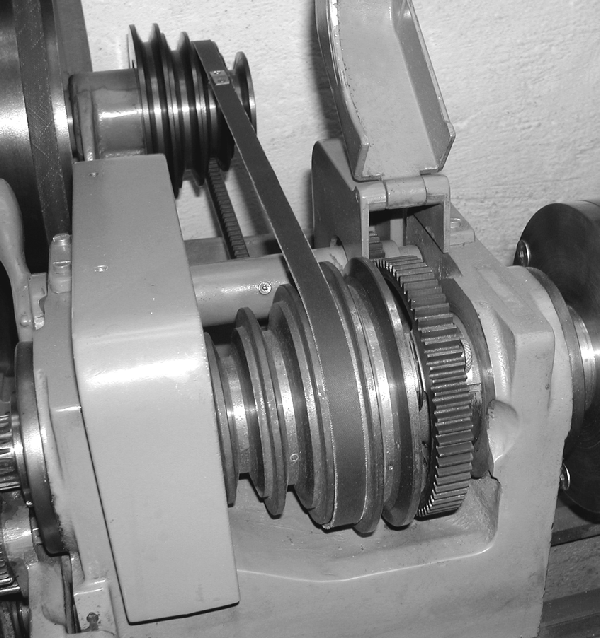
|
4-speed V-belt drive headstock. Before WW2 South Bend had also offered the option of a 4-speed V belt drive headstock together with a hardened spindle, but their catalogs entry hardly inspired the owners to choose it stating: "The flexibility of the flat leather belt and the ease with which the belt may be replaced are responsible for its wide popularity and use". However, in later editions they did concede: "The positive powerful drive of the V-belt makes it especially desirable for manufacturing operations and for use in shops handling work which requires volume in production". |
||
|
Ace Blomqvist Boxford Hercus Joinville Moody Purcell South Bend 9-inch Home Page South Bend Home Page 9-inch Lathe Accessories An Unused 9-inch South Bend 9-inch Clones In the Factory Original 1934 9-inch Model 5 World War 2 Export Papers Taper-turning Unit Handbooks, Parts Lists, Catalog Sets & flat belts are available for these lathes For South Bend Spares click here Manuals Machine Tool Catalogues Belts Accessories Books |
||